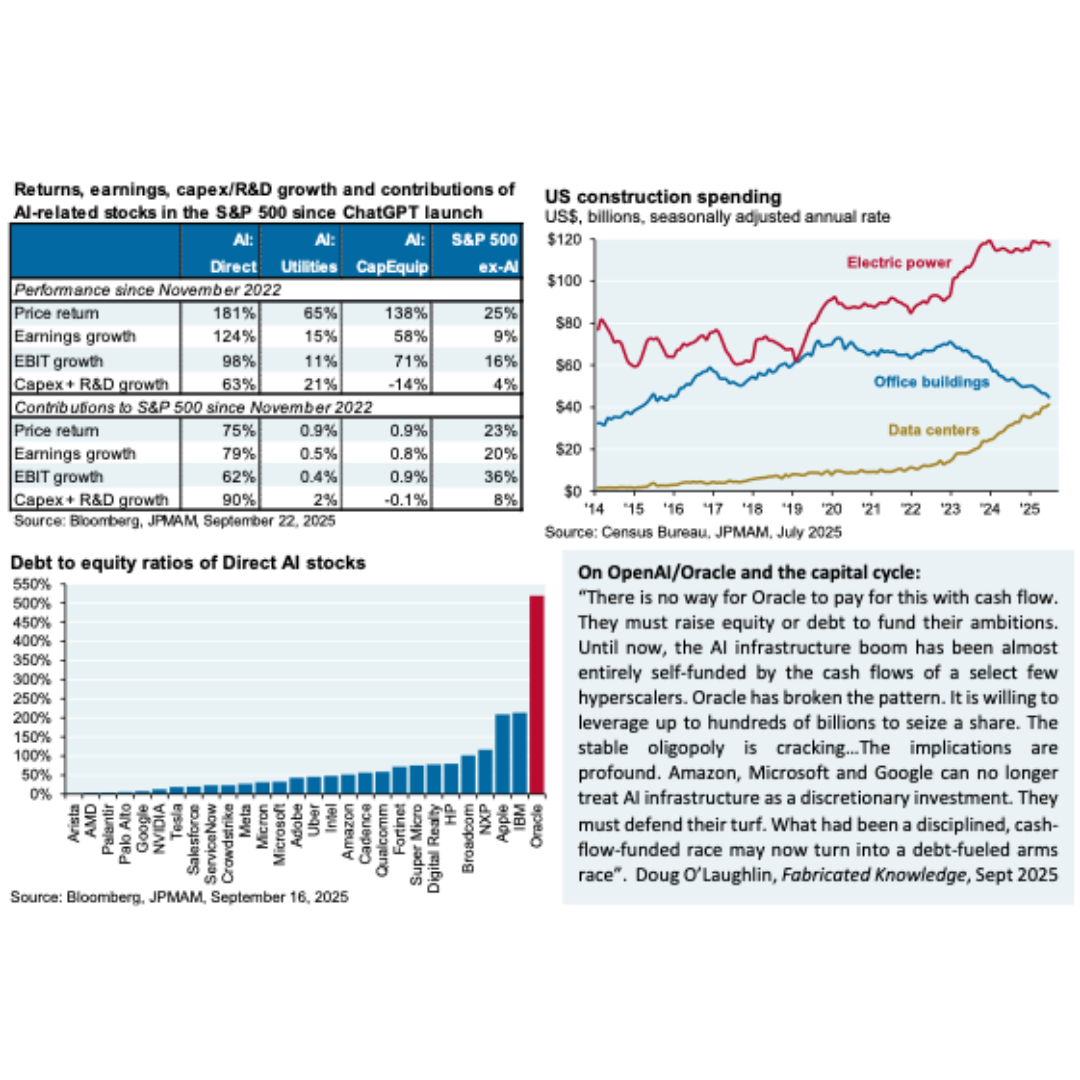Article examines how liquidity, passive flows, and central-bank policy have fused global markets into one interconnected system. The report argues that “The Blob” — a term for the self-reinforcing web of capital and algorithms — now exerts as much influence on prices as earnings or growth. For investors, it highlights a new imperative: mastering liquidity dynamics as a core skill in portfolio construction.
Article examines how liquidity, passive flows, and central-bank policy have fused global markets into one interconnected system. The report argues that “The Blob” — a term for the self-reinforcing web of capital and algorithms — now exerts as much influence on prices as earnings or growth. For investors, it highlights a new imperative: mastering liquidity dynamics as a core skill in portfolio construction.
 Read Full Article
Read Full Article